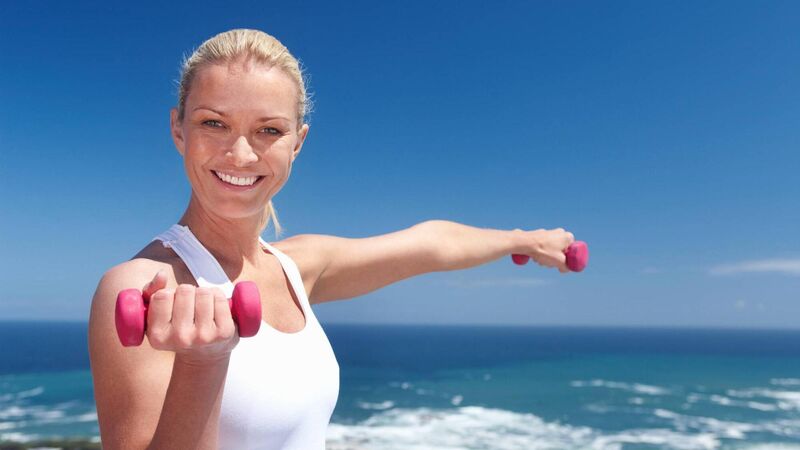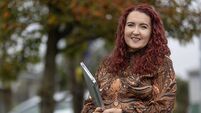Make no bones about it — not minding them bones is a health risk

In early adulthood, bones are kept strong and healthy by the continual turnover of new cells and removal of old ones, but once we hit peak bone health, at 30, strength starts to decline.
Osteoporosis affects 300,000 people in Ireland, but only about 20% of cases are diagnosed. The bone-thinning condition increases the risk of fractures.
In early adulthood, bones are kept strong and healthy by the continual turnover of new cells and removal of old ones, but once we hit peak bone health, at 30, strength starts to decline.
This is especially true for women around the age of menopause, when levels of the bone-protective hormone oestrogen are lost. However, Michele O’Brien, CEO of the Irish Osteoporosis Society (IOS), says that it is not just a disease of later life.
“Anyone is at risk of bone loss at any age,” she says. “Risk factors include eating disorders and over-exercising, extreme dieting, stress, and a lack of vitamin D, all of which can lead to bone loss.”
So what can be done to protect our bones? Here’s the latest advice:

- See: irishosteoporosis.ie

Celebrating 25 years of health and wellbeing











